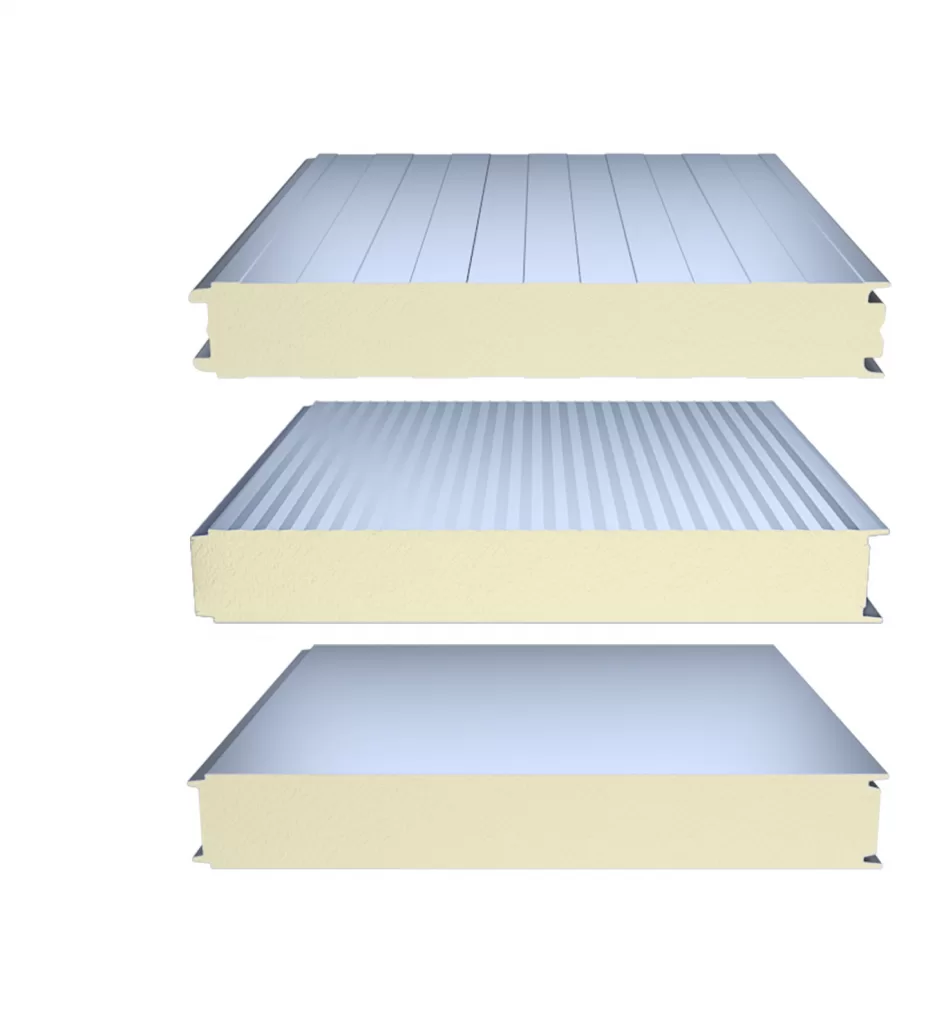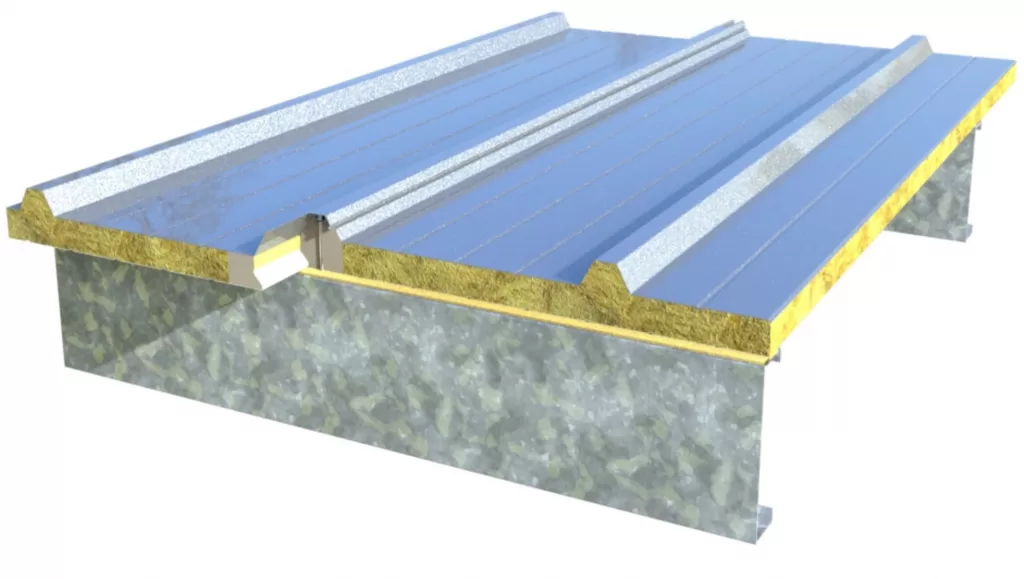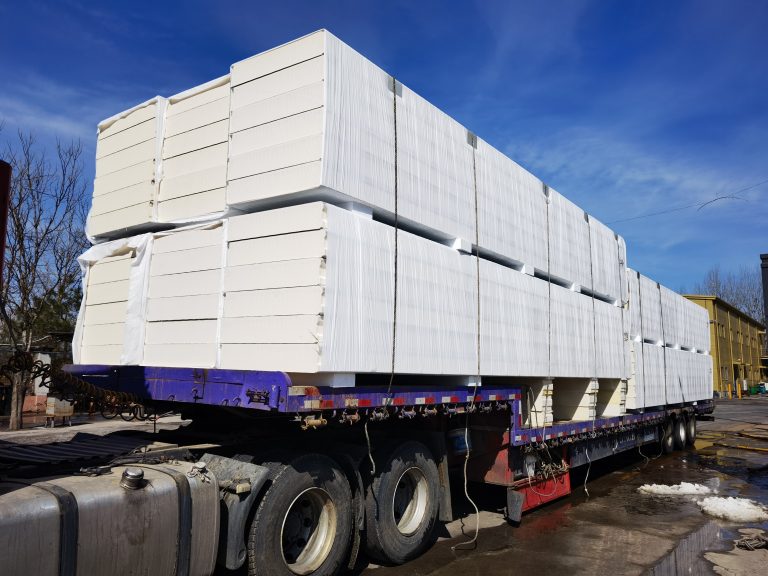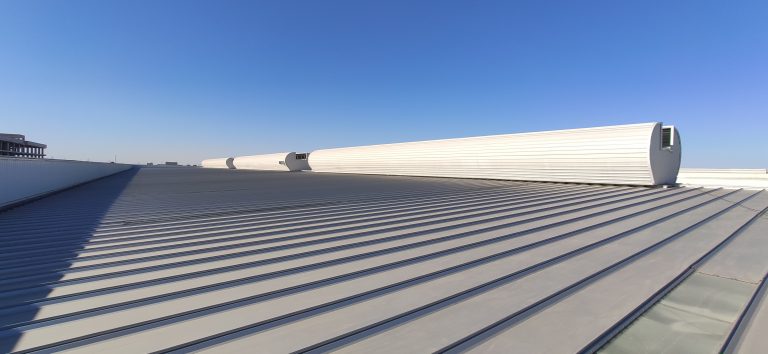When choosing insulation materials like glass wool, rock wool, and rigid polyurethane foam, there are several factors to consider. Here are some key points to help you make a decision:
1. Thermal Performance: Look for insulation materials with high thermal resistance (R-value) as it indicates their ability to resist heat flow. Higher R-values provide better insulation. It’s important to note that the specific R-value can vary depending on the product’s thickness and density. However, as a general guideline, rigid polyurethane foam typically has a higher R-value.
2. Density: Consider the density of the insulation material. Higher density often means better sound insulation and improved resistance to airflow. If you need both thermal and acoustic insulation, higher-density materials like rock wool or rigid polyurethane foam may be preferable.

3. Moisture Resistance: Assess the moisture resistance of the insulation materials, especially if you’re installing them in areas prone to high humidity or water exposure. Rigid polyurethane foam generally has good moisture resistance, while glass wool and rock wool may require additional vapor barriers or waterproofing measures.
4. Fire Resistance: Check the fire resistance properties of the materials. Glass wool and rock wool are non-combustible and provide good fire protection. Rigid polyurethane foam can be treated to enhance its fire resistance, but it is naturally combustible and may release toxic gases when burned.

5. Application and Handling: Consider the ease of installation and handling. Glass wool and rock wool are flexible and can be easily cut and shaped to fit various spaces. Rigid polyurethane foam typically comes in pre-cut panels, making it suitable for specific applications like insulating walls or roofs.
6. Environmental Impact: Take into account the environmental aspects of the materials. Glass wool and rock wool are made from natural or recycled materials and are considered more environmentally friendly. Rigid polyurethane foam is a synthetic material and may have a higher environmental impact.
7. Cost: Compare the costs of the different insulation materials. The prices may vary depending on factors such as availability, location, and quality. Consider your budget and choose a material that offers the best balance between cost and performance.

However, there is no absolute best material for all situations. In many cases, a combination of glass wool, rockwool and rigid polyurethane foam can be used as a composite material. This approach combines the advantages of the materials, such as the thermal insulation properties of rigid polyurethane foam and the fire resistance of rock wool.
In addition to their performance, the selection of insulation materials should also consider local building codes, specific project requirements, environmental factors, and safety regulations. Consulting with insulation professionals or experts in the field can provide further guidance and help determine the most suitable material for a given application.






